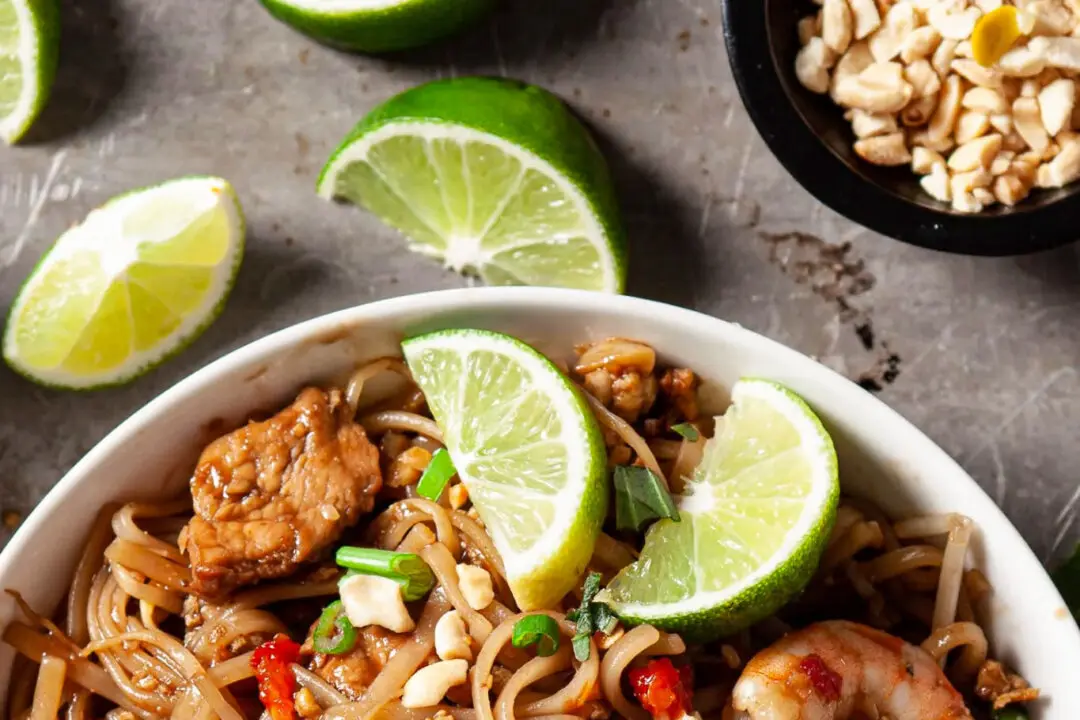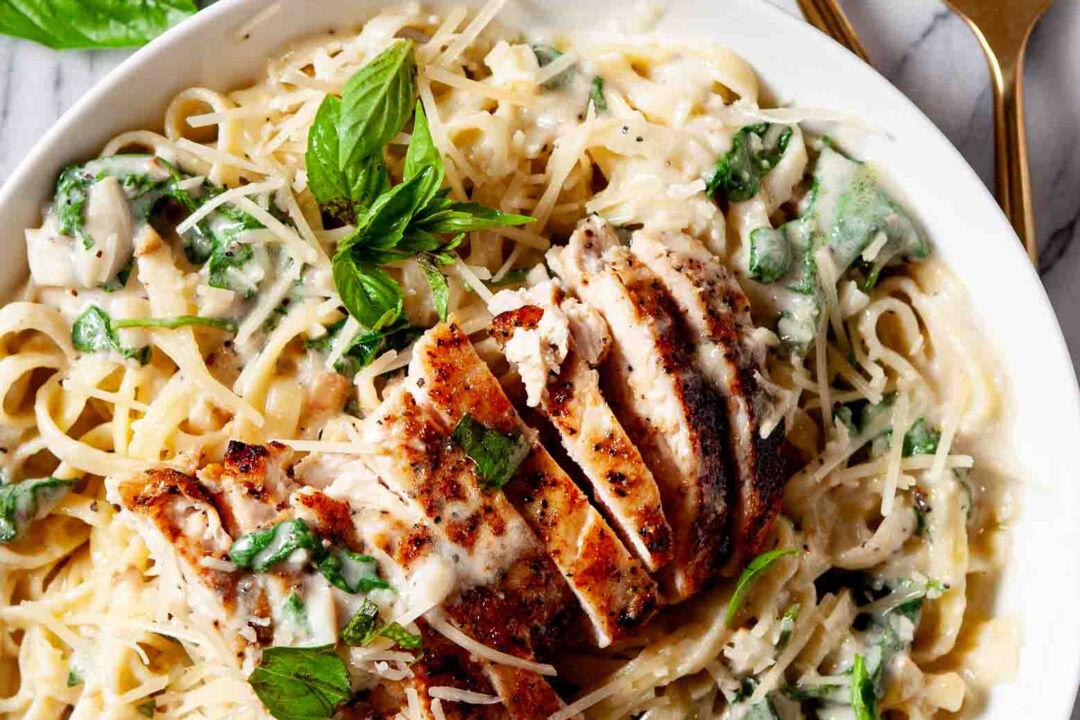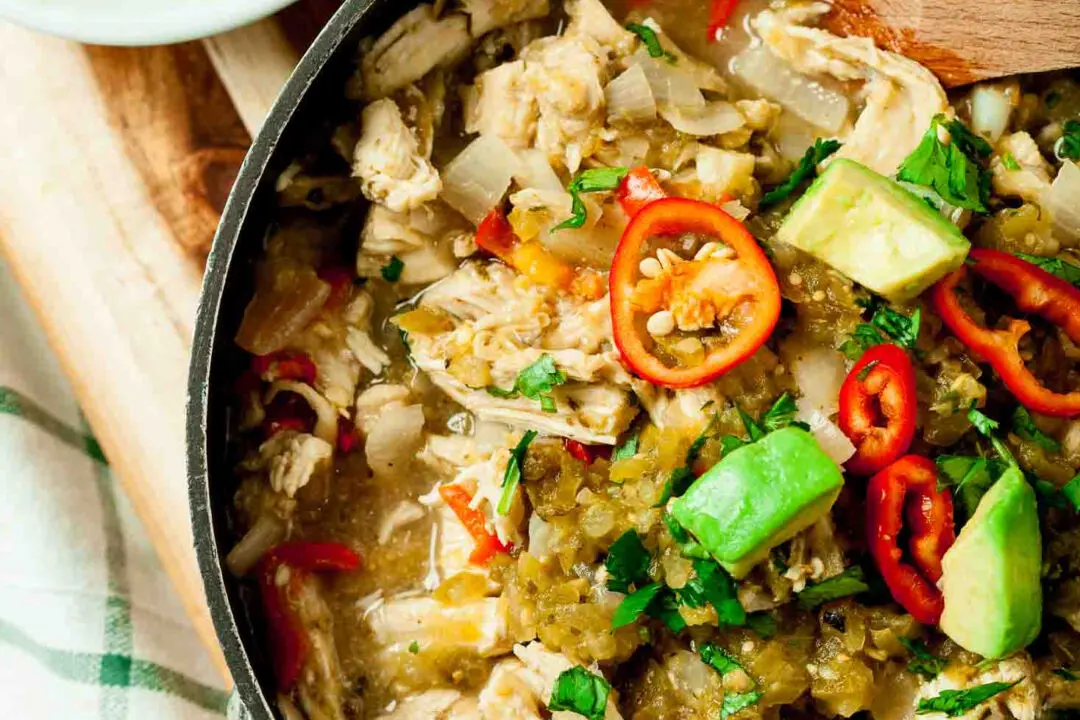What Is Kung Pao Chicken?
Kung Pao Chicken is now a popular dish on the menu at most Chinese restaurants. It may have originated from the province of Sichuan, where flavors are bold and spicy. Today’s kung pao chicken recipes tend to include cut-up bite size chicken that is stir fried with onions, and dried chili peppers.How To Make Kung Pao Chicken Healthier
Popular Chinese takeout items like Orange Chicken and Kung Pao Chicken may have a less than healthy reputation. However, you can absolutely serve up these mouthwatering takeout dishes at home in just 30 minutes and feel great about what you’re serving up.- Use boneless, skinless chicken breasts or thighs, fully trimmed.
- Add fresh bell peppers, which give this dish a crisp vegetable boost.
- Use Tamari soy sauce, which is known for its deep umami flavors, with less sodium than regular soy sauce and is typically gluten-free.
- Use real, raw honey instead of sugar.
- Use olive oil for quickly stir frying.

What You’ll Love About Kung Pao Chicken
We think your family will sprint to the kitchen when they smell the savory aroma of kung pao chicken wafting through the air. Here’s what else they (and you) will love:- This dish comes together quickly and easily, once you have all ingredients ready.
- The sauce can be made days in advance and chilled until ready to use.
- Kung pao chicken boasts aromatic, bold flavors with just the right amount of kick.
- It’s loaded with veggies and protein all in one.
- This saucy dish is amazing over a bed of fluffy rice.
- Because kung pao chicken can be made ahead of time, it’s ideal for meal prep.
- This Kung Pao Chicken recipe happens to be gluten free and dairy free, so everyone can enjoy.
Kung Pao Chicken Commonly Asked Questions
What does kung pao chicken taste like? Kung pao chicken is famous for its deeply savory, umami flavors and spicy kick. It typically has a fragrant sauce that’s infused with garlic, ginger, and green onions.More to Eat
- Orange Chicken Recipe (How to Get it Crispy!) – here’s our secret to making this restaurant favorite, right at home.
- General Tso’s BBQ Grilled Chicken – healthy, quick, and easy General Tso’s chicken is yours, with this tried and true recipe.
- Chinese Sticky Rice (Meal Prep Friendly) – the entire family devours this sticky rice; it’s a one pot meal you’ll want to serve again and again.
- Lo Mein Noodles (Easy Meal Prep) – here’s another restaurant takeout favorite that is just so much better at home!

Kung Pao Chicken
Prep Time: 15 mins Cook Time: 9 mins Total Time: 24 mins Servings: 6- 2 lbs boneless/skinless chicken breasts or thighs, cut into bite size pieces
- 3 tsp cornstarch
- 2 TB Tamari soy sauce
- 4 tsp Asian rice cooking wine
- 4 TB Asian seasoned rice vinegar
- 4 tsp Tamari soy sauce
- 4 tsp Hoisin sauce
- 4 tsp toasted sesame oil, Asian aisle of most grocery stores
- 4 tsp pure honey
- 2 tsp cornstarch
- 4 TB olive oil
- 5-6 dried chili peppers, preferably Sichuan style
- 8 cloves garlic, minced
- 4 tsp freshly minced ginger
- 1 large bell pepper, red, yellow, or orange seeded and chopped
- ¼ cups green onions, thinly sliced
- Optional: 1/2 cup chopped roasted peanuts, for garnish
Dry the Chicken: Towel dry chicken pieces to remove excess liquid. Place chicken in a bowl and add all marinade ingredients, stirring until all cornstarch is fully dissolved. Set aside.
Make Sauce: In a bowl, combine all sauce ingredients and stir well until cornstarch is fully dissolved. Set aside.
Cook and Stir: In a large wok or large skillet, heat olive oil over medium-high heat until oil is hot. Add chilies, garlic, and ginger, continually stirring 30 seconds or until fragrant. Add marinated chicken and keep stirring until no longer pink in center, 3-5 minutes. Add bell pepper, stirring 1 minute. Add your Sauce, stirring to coat well and heat through, about 2 minutes.
Serve: Sprinkle on the green onions and transfer to serving dish or individual plates. Garnish with roasted peanuts if desired. Serve over cooked white or brown rice.
Feel free to use reduced sodium tamari soy sauce, if you’re watching salt intake but enjoy the umami flavor of soy sauce.






